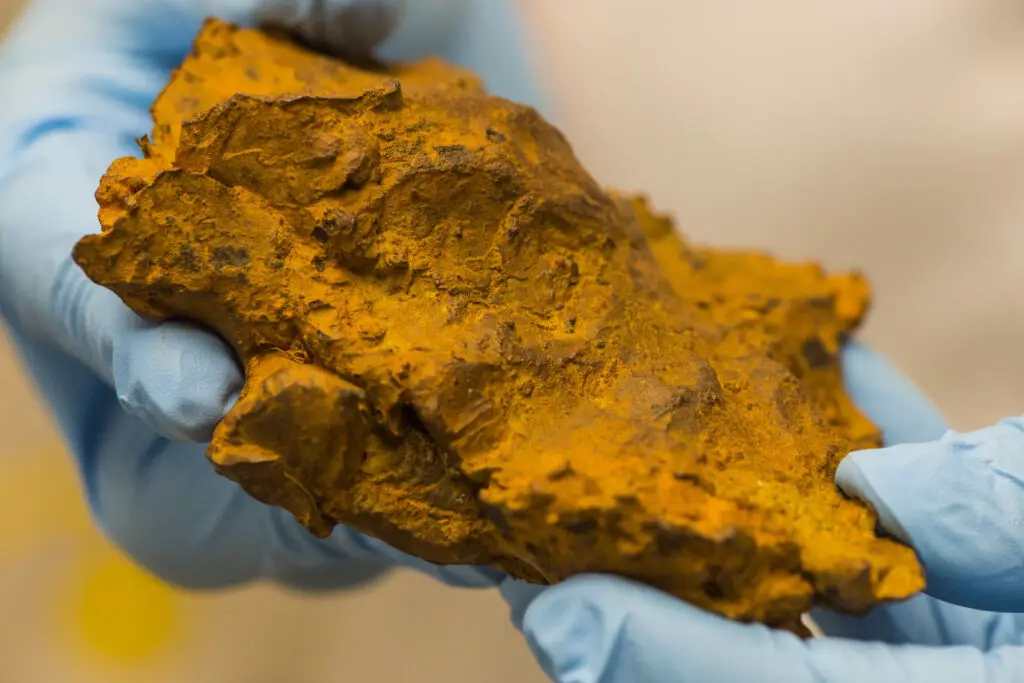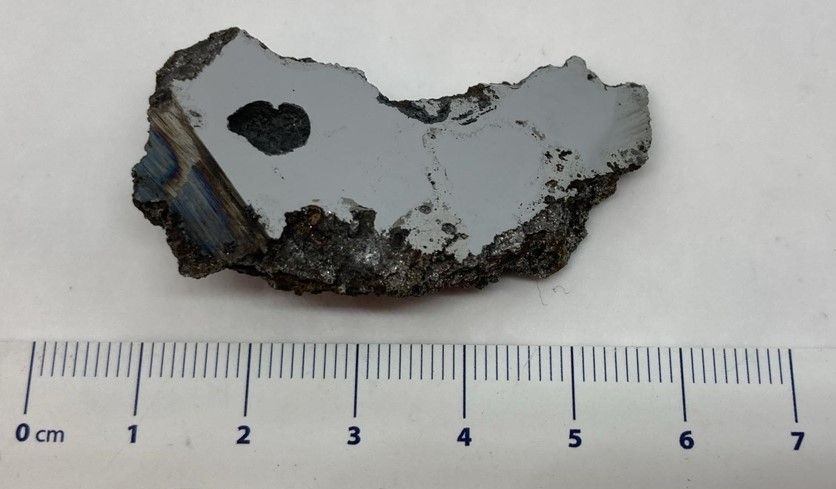Some substances that frequently fall to Earth from space eventually burn up. The meteorite is a name given to these substances. Not only are meteorites small when they hit the ground, but they can also be huge.
A similar thing occurred in Somalia a few years earlier when two giant meteorites impacted the planet but did not even burn up.
When a meteorite fell in 2020, a researcher at the University of Alberta researched it and discovered two materials. According to their study, these two elements aren’t even present on this earth, according to a press statement.
That is an essential investigation into the various mineral occurrences in space.
Large meteorites do occasionally fall, despite their rarity, like the one that recently struck close to the Somalian town of El Ali. The cosmic rock is just the ninth-largest meteorite ever found, despite weighing 16.5 tonnes (15 tonnes).
A Meteorite Contains Two Novel Minerals
The University of Alberta received a little piece of the meteorite that weighed around 2.5 ounces (70 grammes) for categorization. The scientists there discovered two minerals that are not present on Earth.
“When a new mineral is discovered, it indicates that the genuine geological conditions, the chemistry of the rock, were different than what has been found previously,” says Chris Herd, a professor in the Earth and Atmospheric Sciences division, the collection’s curator of meteorites.

The Herd has identified the meteorite as an Iron IAB complex, made up of meteoritic iron and silicate inclusions, in collaboration with scientists at UCLA and the California Institute of Technology.
A third new mineral is also being considered, although its presence can only be verified after additional analysis.
Name of these Minerals:
The names of the two recently found minerals are elaliite and elkinstantonite. The first name comes from the meteorite itself, which was given the name “El Ali” since it was discovered close to the town of El Ali in the Somalian area of Hiiraan.
In honour of the Professor at Arizona State University’s School of Earth and Space Exploration, vice president of the ASU Interplanetary Initiative lead scientist on NASA’s Psyche mission, Lindy Elkins-Tanton, Herd gave the second mineral the name Lindy Elkins-Tanton.
Herd identified the El Ali meteorite as one of over 350 “Iron, IAB complex” meteorites in collaboration with scientists at UCLA and the California Institute of Technology.
Because the two minerals had previously been synthesized, Locock quickly identified them and compared the chemical makeup of the newly discovered natural minerals to those of their artificial counterparts.
Scientists are still examining the minerals to see what they may reveal about the meteorite’s environment at its formation.
What does Herd say about this research?
Herd’s area of expertise is explaining the asteroid that this rock was formerly a part of’s geologic history and current processes. “I never imagined that merely by working on a meteorite, I would be involved in describing brand-new minerals.”
Herd adds that future mineral discoveries might lead to intriguing new applications.
Material scientists are always interested in new materials because of their potential use in various societal contexts.
The meteorite’s destiny is still unknown, but according to Herd, the researchers have learned that it might have been taken to China to find a buyer. The availability of additional samples for scientific purposes is still being determined.





